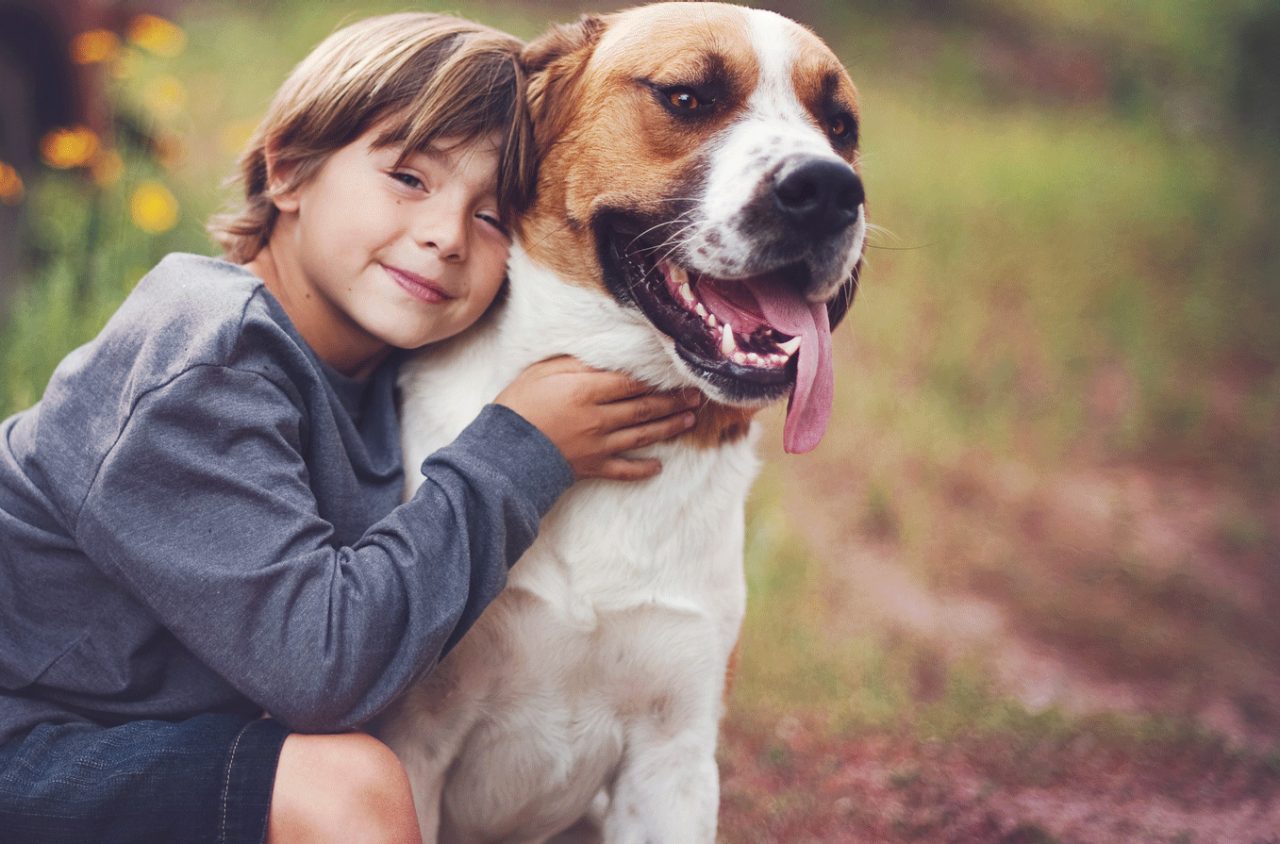Could A Dog Help Your Child’s ADHD?

If you are weighing your options for treating a child with ADHD, having a calm dog could help your child focus and get along socially. Here's what you should know.
If your child has been diagnosed with attention deficit hyperactivity disorder (ADHD), you may be weighing your options. Many parents are reluctant to give a small child medication, or the current treatment may not be doing enough to help.
What if interacting with a dog could help?
YOU MIGHT ALSO LIKE: Managing Your Child’s ADHD
Working with dogs
In research with 88 children diagnosed with ADHD, ages 7 to 9, those who had time with a trained therapy dog during their treatment (a total of 4.5 hours a week over three months) had bigger improvements in self-esteem than children who were instead given plush toy dogs. They also improved their social skills and ability to focus, while showing fewer behavioral problems.
Over five years, the research team looked at seven groups of children, none of whom had started medication. All were taught how to care for a dog. But only half of them actually worked with a dog in the program.
In two sessions a week, the children in the dog group rotated among activities, from throwing a ball or Frisbee with the dog to grooming. The children also had ordinary school lessons and were rewarded for good behavior by time with the dog. They wrote letters and stories to the dogs and practiced dog-training techniques.
In the last three weeks of the 12-week program, the children trained puppies to sit, stay, and come.
Does your child qualify for a service dog?
Service dogs are trained to perform tasks that your child can’t do. For example, when a person with ADHD gets distracted from an important task, a service dog can help redirect the owner’s attention back to the job.
Children will be assigned service dogs only after they are at least 12 years old (or at least six if the child has autism spectrum disorder and if their illness is severe.
Your child, however, must be able to train your dog, up to an hour a day, learn to independently command a service dog, and otherwise handle the dog’s needs. No other dog can be in your home.
How a pet could help
Simply having a dog at home could be good for your child. Children with mild-to-moderate ADHD who don’t qualify for a service dog could still benefit from a pet that would act as what’s called an emotional support animal.
Some dogs have been trained as therapy dogs, which means they can visit people in hospitals and other places.
Just be sure your family can handle the dog you choose. A very needy dog or super-active puppy could overwhelm you or your child. Seek a dog that is calm, tolerant, gentle, and trainable.
Labrador and golden retrievers are a good bet. A dog that is anxious or territorial could be a challenge for an ADHD child. If your child learns to catch the cues, however, that’s a good lesson in social awareness.
Dogs thrive on a regular schedule. You might teach your child to provide food at a certain time or let your dog out the back door in the yard. This will help your child keep track of time.
Dogs offer sympathy and companionship. They may teach your child by example how to focus on another being and empathy. Petting and cuddling can reduce anxiety. Walking and playing with a dog will help your child burn energy and get to know other dog-owners in your neighborhood.
YOU MIGHT ALSO LIKE: Why Movement Is Good for Hyperactive Kids
Updated:
April 21, 2022
Reviewed By:
Janet O’Dell, RN